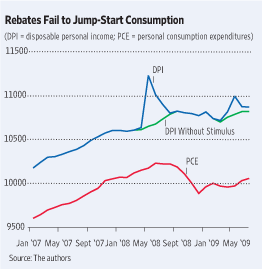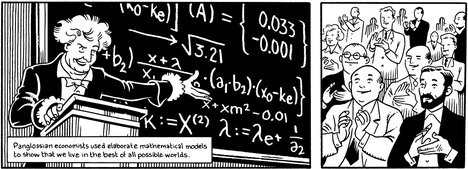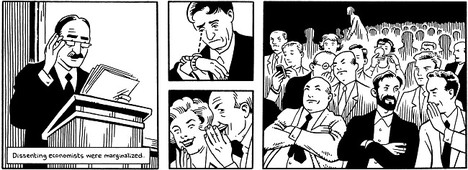(p. A23) If you want to know why Americans are so fearful of a government takeover of the health-care system, take a look at the results of a new Gallup poll on government waste released Sept. 15. One question posed was: “Of every tax dollar that goes to Washington, D.C., how many cents of each dollar would you say is wasted?” Gallup found that the mean response was 50 cents. With Uncle Sam spending just shy of $4 trillion this year, that means the public believes that $2 trillion is wasted.
In a separate poll released on Monday, Gallup found that nearly twice as many Americans believe that there is “too much government regulation of business and industry” as believe there is “too little” (45% to 24%).
Perhaps most significantly, in both of these polls Gallup found that skepticism about government’s effectiveness is the highest it’s been in decades. “Perceptions of federal waste were significantly lower 30 years ago than today,” say the Gallup researchers. Even when Ronald Reagan was elected president in 1980 with the help of the antigovernment revolt of that era, Americans believed only 40 cents of every dollar was wasted, according to Gallup.
. . .
Over the last decade, the federal government has become bloated and inefficient. Voters are on to the scam. Mr. Obama keeps calling federal spending an “investment,” but Americans apparently feel this is the worst investment they’ve ever made. They’ve come to regard Washington as a $2 trillion Bridge to Nowhere. They are right.
For the full commentary, see:
STEPHEN MOORE. “Our $2 Trillion Bridge to Nowhere; Americans believe Washington squanders half of every tax dollar.” The Wall Street Journal (Weds., SEPTEMBER 23, 2009): A23.
(Note: ellipsis added.)




